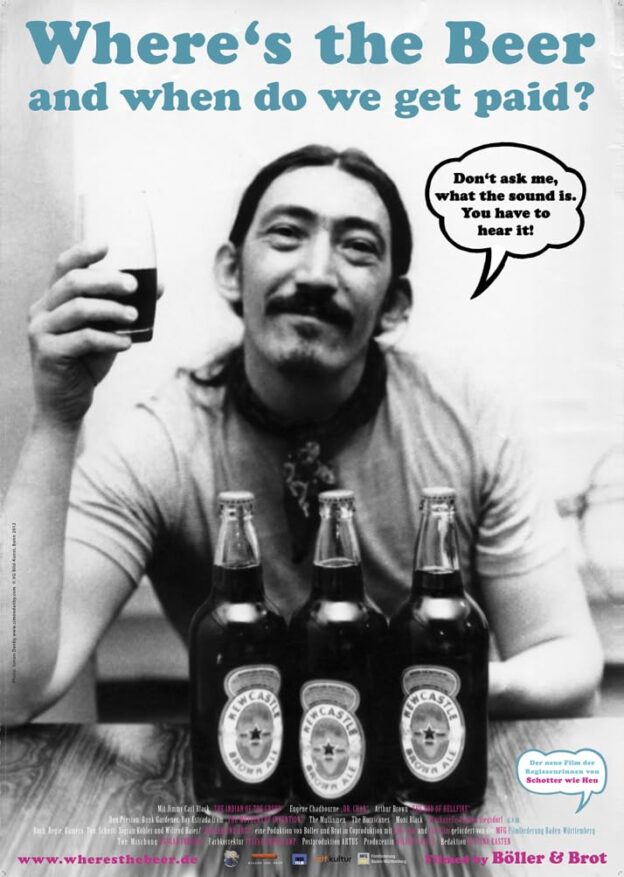The term “free” can be ambiguous, particularly in software and digital content. “Free as in beer” means something is available at no cost, akin to receiving a free drink, but without the freedom to modify or share it. “Free as in speech” emphasizes user freedoms, allowing modification, distribution, and understanding of the software’s code. Other examples of “free” include free trials, freeware, and ad-supported services. Understanding these distinctions helps users make informed decisions about the software and content they use.
In the context of software and information, the term “free” can be quite ambiguous. It often leads to confusion because “free” can mean different things depending on the context. The distinction between “free as in beer” and “free as in speech” is a classic way to clarify these different meanings.
Free as in Beer
“Free as in beer” refers to something that is provided at no cost. This phrase originates from the idea of receiving a free beer: you don’t have to pay for it, but there are no other implications about what you can do with it. In the software world, “free as in beer” means you can use the software without paying for it. However, this doesn’t necessarily mean you have the freedom to modify, share, or understand the software’s underlying code.
Examples:
- Proprietary Software with Free Versions: Many companies offer free versions of their proprietary software, such as Adobe Acrobat Reader or Skype. These versions are free to use but are often limited in functionality compared to the paid versions.
- Freemium Models: Apps like Spotify or Zoom offer basic services for free but require payment for additional features.
Free as in Speech
“Free as in speech,” on the other hand, refers to freedom in terms of usage, modification, and distribution. This concept is closely related to the idea of free speech. In this context, “free” emphasizes the user’s liberties rather than the price. Free software, according to this definition, allows users to run, study, change, and distribute the software and its source code.
Examples:
- Open Source Software: Projects like the Linux operating system, Apache web server, and Mozilla Firefox are examples of “free as in speech.” Users can access the source code, modify it, and share their modifications.
- Creative Commons Licensing: Works licensed under Creative Commons often allow users to freely use, share, and adapt the content, as long as they follow the license terms.
Other “Free” Examples
The concept of “free” extends beyond just software and speech. Here are a few more contexts where “free” can have different meanings:
- Free as in Free Trial: Companies often offer free trials of their products or services, allowing users to try them for a limited time before purchasing. This “free” is temporary and conditional.
- Freeware: Software that is free to use, often with no strings attached, but unlike open-source software, its source code is usually not available for modification. Examples include software like Winamp or Adobe Acrobat Reader.
- Free with Ads: Some services are free to use but supported by advertisements. For example, many mobile games and websites offer free access in exchange for users viewing ads.
- Buy One, Get One Free: This type of “free” in retail means you receive an additional item at no extra cost when you purchase a certain item. It’s a marketing strategy to increase sales.
Conclusion
Understanding the different meanings of “free” is crucial, especially in the realms of software and digital content. “Free as in beer” emphasizes the absence of cost, while “free as in speech” highlights the liberties granted to users. Other contexts further expand the concept, illustrating that “free” can imply a range of conditions and limitations. Being aware of these distinctions helps users make more informed decisions about the software and content they use.
